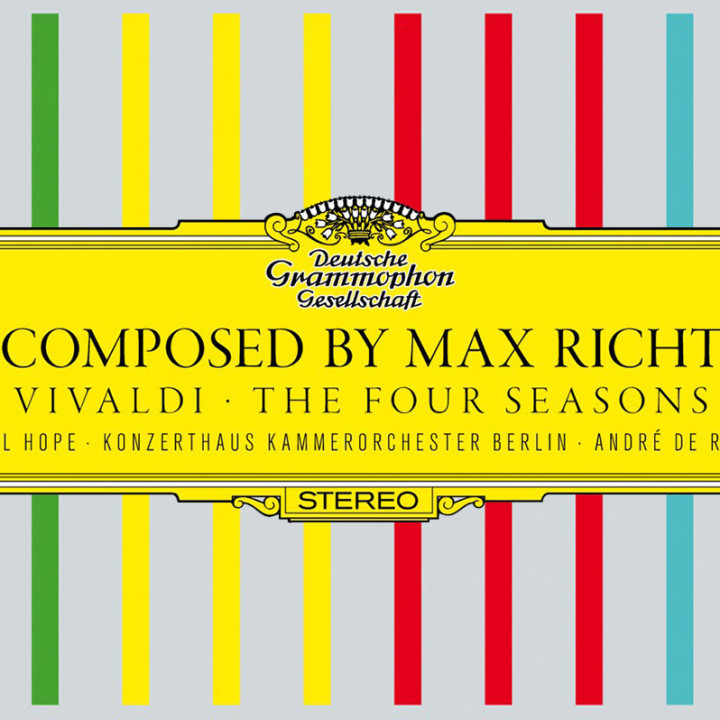

It is a cheap shot to say that Max Richter is no Vivaldi (never mind Stravinsky or Respighi). Each needs to be judged on its own merits. Musical culture is full of such things, from Mozart’s updated Handel arrangements, through Respighi, Stravinsky, Berio, and Olav Anton Thommessen’s brilliantly demented Macrofantasy on Grieg’s Piano Concerto.

Let me make one thing clear: I have no problem with transcriptions, or with one composer’s take on another, or even a Dadaist painting of moustaches on musical Mona Lisas. None of this would matter if something equally interesting replaced the original concept, but nothing does. Is the finale of “Autumn” a rustic dance? Does the music in the central movement of “Winter” skate gracefully over the ice? I don’t think so. In all cases Vivaldi’s carefully designed forms and schemes of color and contrast, as well as his programmatic intentions, are pretty much destroyed.

In the slow movements he may preserve the melody but randomly alter the original accompaniment and harmonic framework. What Richter has done in some of these twelve movements is to take a bit of the original-the solo violin birdsong in the first movement of “Spring” for example-and repeat it mindlessly over a pop-ish chord progression. Now let’s face it, Vivaldi is not the most intellectual of composers to begin with, so it’s fair to ask if there is anything to be gained by dumbing down the music to the degree that happens here. Obviously the intent, using one of classical music’s most iconic label marquees, is to endow decomposer Max Richter with a commercial pedigree similar to that enjoyed musically by the object of his current affections (affectations?), Vivaldi’s The Four Seasons. This is the most classic-looking DG release in many a year, which should immediately raise suspicions.


 0 kommentar(er)
0 kommentar(er)
